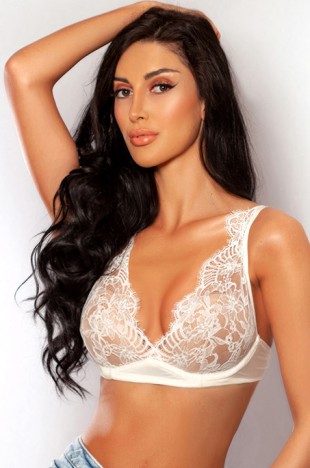Decadence in the beating heart of London
Soho doesn’t sleep—and neither do your desires. In a district fuelled by neon, jazz, and endless temptation, the women who thrive here are as bold and intoxicating as the streets themselves. From exclusive cocktail bars to discreet hideaways above Greek Street, Soho escorts are the embodiment of indulgence without inhibition.
Here, you’ll find companions with fire in their eyes and finesse in their movements. They know how to charm in public, seduce in private, and keep your pulse racing every moment in between.
Where the night begins and rarely ends
Soho escorts bring flair, wit, and edge to every encounter. These are women with stories, spirit, and a knack for reading your mood before you speak. Whether you’re a regular in the West End or just passing through, they’ll ensure your experience is nothing short of cinematic.
Because in Soho, every night deserves a leading lady.
Scroll down to meet the muses lighting up London’s most seductive postcode.




















































































































































































